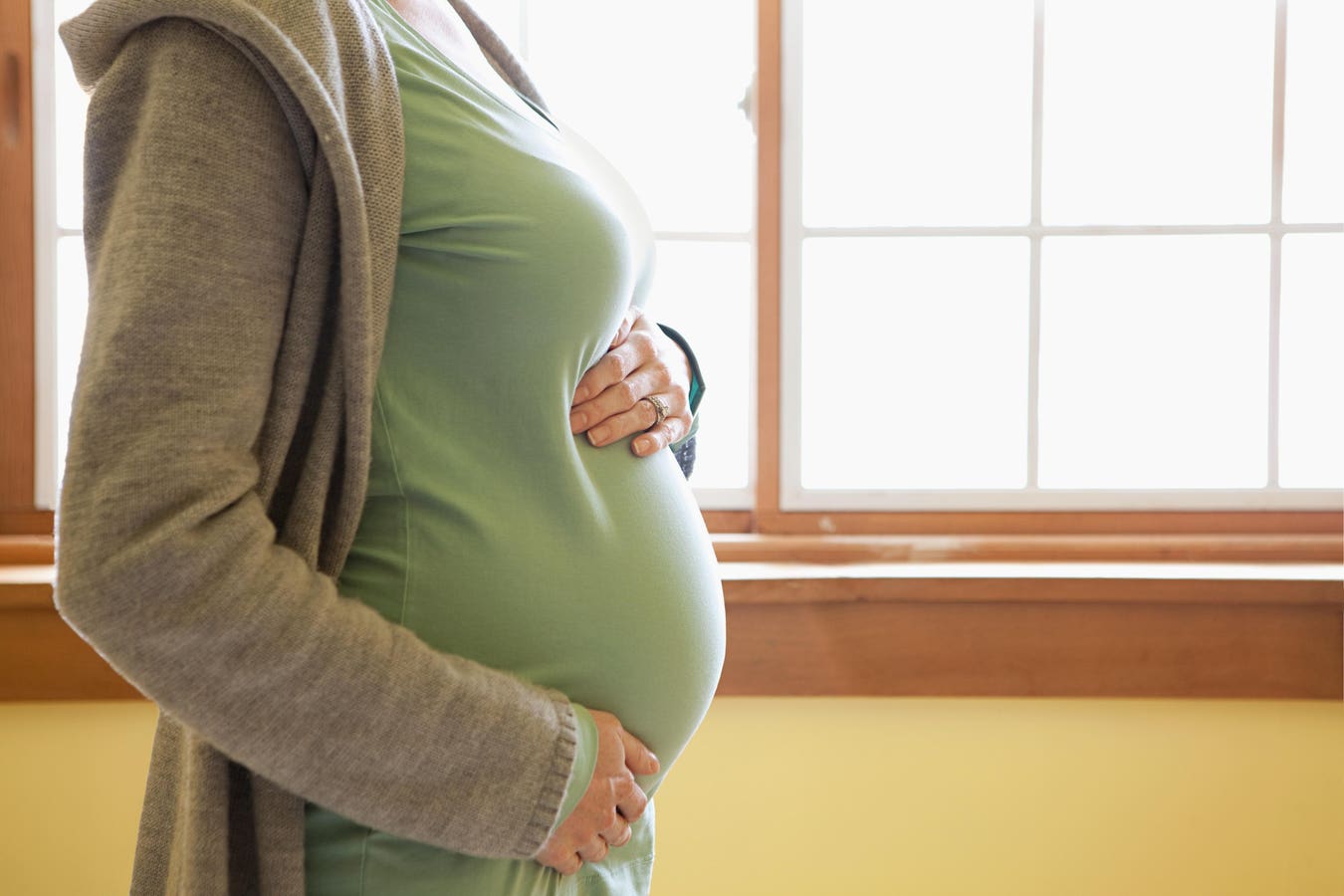Smoking in pregnancy is at its lowest rate in England since records began, official statistics show.
Around 7.4% of moms-to-be were smoking when their pregnancies came to an end between April 2023 and April 2024. That’s a drop of 1.4% — or around 6,000 women — on the year before.
Smoking rates have been falling for decades across the England. But it remains a significant public health concern, with just over 11.2% of adult women and just under 15% of men still smoking, according to the most recent figures from the Office of National Statistics.
Smoking causes numerous devastating illnesses, including cancer, heart disease, lung disease and stroke. It thought to be behind around three in 20 cases of cancer and six in 20 cancer deaths in the U.K., according to British campaign group Action on Smoking and Health.
In pregnant women, smoking can also affect a growing fetus.
Cigarette smokers inhale carbon monoxide, which can limit the amount of oxygen that reaches a fetus in the womb. This increases the risk of miscarriage, stillbirth and sudden infant death.
More common among younger and more disadvantaged women, helping pregnant women quit is a major focus for public health officials in England.
All pregnant women who smoke are currently eligible for free nicotine replacement therapy and carbon monoxide exposure checks.
The vast majority of maternity care is provided by the country’s public health system, the National Heath Service. More than 90% of NHS maternity providers currently offer dedicated stop smoking services to their patients.
“It is extremely encouraging to see that the number of pregnant women smoking has reached the lowest level ever, in part thanks to our brilliant teams of midwives and the specialist support we provide to expectant mums through our maternity services,” NHS England’s chief midwifery officer Kate Brintworth said in a statement.
“We want to help even more pregnant women to kick the habit and will continue to provide dedicated support to anyone accessing our maternity services,” she added.
Smoking rates are a key target for the U.K. government. The habit is thought to cost England around $65bn (£50bn) a year in lost productivity and health and social care costs.
It’s also a driver of health inequality, accounting for around half the gap in life expectancy between the most and least advantaged Brits.
Back in 2019, lawmakers announced a plan to create a ‘smokefree England’ by 2030. This would be achieved if less than five percent of adults smoked.
The goal has already come under significant scrutiny, with a 2022 independent review finding the government was likely to miss its target by seven years. In the poorest parts of the country, it wouldn’t be hit until 2044.
Lawmakers hope a landmark tobacco sales bill will boost their chances of meeting its ‘smokefree’ goals.
Originally announced by the country’s former Conservative government, the law would make it illegal to sell cigarettes and other tobacco products to anyone born on or after September 1 2009.
Shortly after the country’s general election in July, the new Labour government said it would reintroduce the bill, which still needs to make its way through the country’s houses of parliament.
Read the full article here





